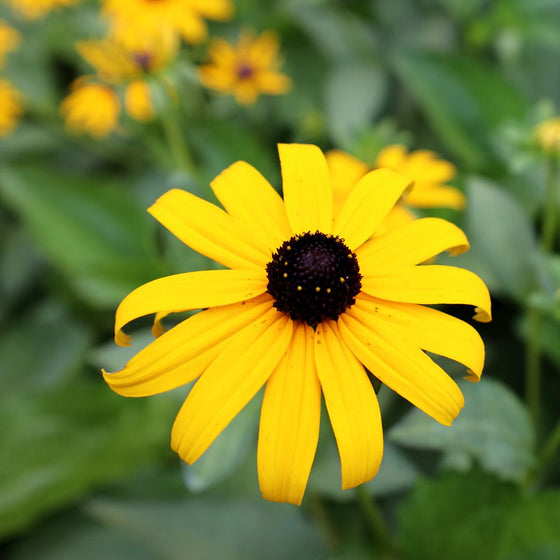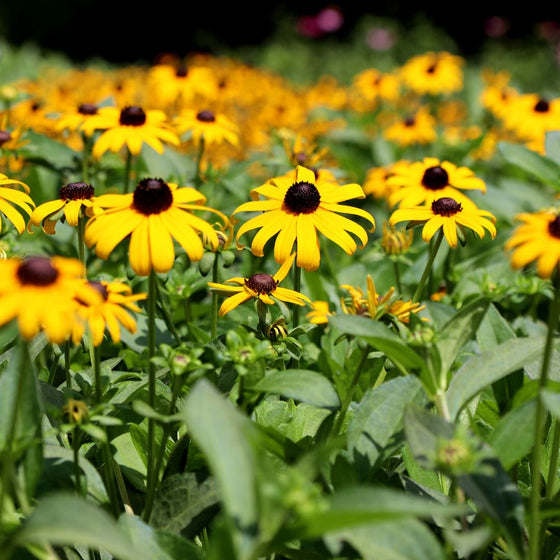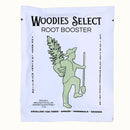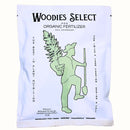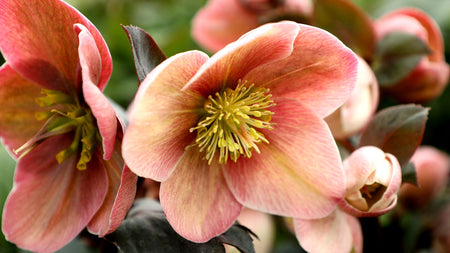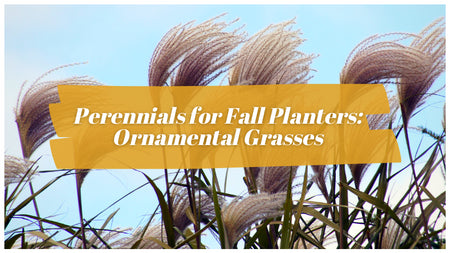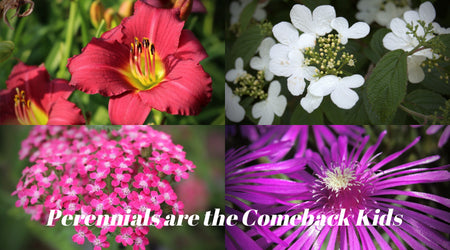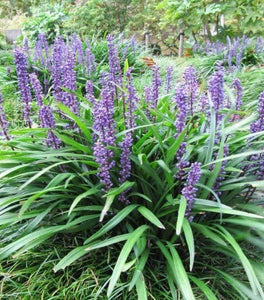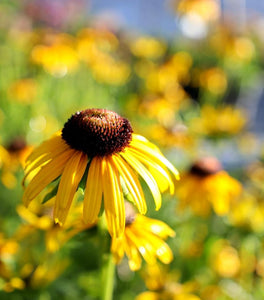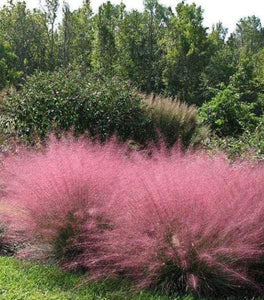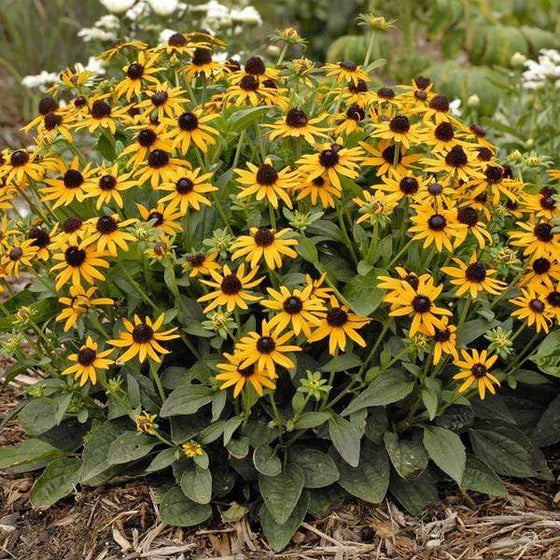
Images Depict Mature Plants
Goldsturm Black-Eyed Susan Plants
Black Eyed Susan (Rudbeckia fulgida Goldsturm), a beloved American native perennial, is a must-have for gardeners seeking long-lasting, pollinator-friendly color. This hardy, sun-loving plant produces an abundance of bright golden-yellow daisy-like flowers with dark chocolate centers that bloom from mid-summer through fall. Growing 18 to 36 inches tall, it forms clumps of upright stems and coarse green foliage, making it an ideal choice for mass plantings, perennial borders, cottage gardens, and wildlife-friendly landscapes.
Thriving in full sun and well-drained soil, Black Eyed Susan is both drought-tolerant and deer-resistant, making it an excellent low-maintenance solution for busy gardeners. It attracts a variety of pollinators, including bees, butterflies, and other beneficial insects, while also providing late-season seed for birds like finches. Its extended bloom period and bright coloration add warmth and vitality to the garden just when many other perennials begin to fade.
This durable native perennial naturalizes well, making it perfect for meadows, rain gardens, and naturalized areas. It pairs beautifully with ornamental grasses, echinacea, and coreopsis, creating stunning layered plantings with seasonal interest. With its tough nature and standout blooms, Black Eyed Susan brings bold color, wildlife value, and easy care to gardens of all styles.
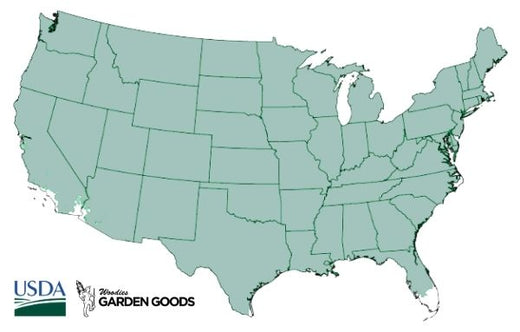
| Hardiness Zone: | 3-9 |
|---|---|
| Mature Height: | 1.5 to 2.5 Feet |
| Mature Width: | 2 Feet |
| Sunlight: | Full sun |
| Water Requirements: | Drought tolerant |
| Soil Condition: | Sandy soil, clay soil, average soil |
| Difficulty: | Easy |
| Flower Color: | Golden yellow-orange petals with dark center seed heads |
| Selling Points: | Deer resistant, heat tolerant, attracts butterflies and songbirds, Maryland state flower |
How to Care for Goldsturm Black Eyed Susan
Before you buy a Goldsturm Black-Eyed Susan plant, make sure to read about the care instructions that are required and recommended to keep this plant healthy and thriving.
How do I plant my Goldsturm Black-Eyed Susan Plants?
Planting your Goldsturm Black-Eyed Susan plants begins with selecting a site that receives full sun for at least 6 hours a day, which ensures the most vibrant blooms and sturdy stems. These hardy perennials thrive in well-drained soil and can adapt to a variety of soil types, from sandy to clay-based, as long as drainage is sufficient. To plant, dig a hole twice as wide and as deep as the root ball. Place the plant in the hole so the top of the root ball is level with the soil surface, then backfill with soil, gently firming it around the roots. Water thoroughly after planting to eliminate air pockets and help the roots settle in. If planting multiple Goldsturm Black-Eyed Susan's, space them about 18 to 24 inches apart to allow for airflow and room to grow into full, rounded clumps. Mulch lightly around the plants to retain moisture, suppress weeds, and regulate soil temperature, keeping mulch a few inches away from the stems to prevent rot. These tough, low-maintenance perennials are perfect for mass plantings, pollinator gardens, borders, and wildflower meadows, bringing brilliant golden color and long-lasting interest to the landscape from midsummer into fall.
How do I water my Goldsturm Black-Eyed Susan plants?
Watering your Goldsturm Black-Eyed Susan plants properly is key to keeping them healthy, blooming, and vibrant throughout the growing season. After planting, water deeply to help establish strong roots, providing 1 to 2 inches of water per week during the first few weeks. Once established, these hardy perennials are moderately drought-tolerant, making them a great choice for low-maintenance and xeriscape gardens. Always water at the base of the plant to avoid wetting the foliage, which can help prevent leaf spot and other fungal issues. During dry or extended hot spells, monitor the soil moisture and water when the top 1 to 2 inches become dry. Goldsturm Black-Eyed Susan performs best in well-drained soil, so avoid overwatering or planting in heavy, soggy ground. In containers or raised beds, these plants may need more frequent watering, especially in full sun. Consistent, deep watering encourages continued flowering and a strong, healthy root system, helping these cheerful, golden blooms brighten your garden well into the fall.
How do I Fertilize my Goldsturm Black-eyed Susan?
Goldsturm Black-Eyed Susan plants are naturally low-maintenance and don’t require heavy feeding, but a light application of fertilizer can boost their vigor and bloom production. In early spring, apply a balanced, slow-release fertilizer such as a 10-10-10 or 5-10-5 formula to provide essential nutrients for healthy foliage and long-lasting flowers. Sprinkle the fertilizer around the base of the plant, being careful to keep it a few inches away from the stems, and water thoroughly to help nutrients soak into the soil. If your soil is already rich in organic matter, a single spring feeding is usually sufficient. For gardens with poor or depleted soil, consider a second light feeding in mid-summer, just before peak bloom time, to encourage strong stems and abundant golden flowers. Alternatively, you can amend the soil with compost or well-aged manure in spring or fall to provide a natural nutrient boost. Avoid over-fertilizing, as excessive nitrogen can lead to lush foliage at the expense of blooms. With proper fertilization and full sun, Goldsturm Black-Eyed Susan will reward you with months of pollinator-friendly color and reliable performance year after year.

How and when should I prune Goldsturm Black Eyed Susan plants?
Pruning your Goldsturm Black-Eyed Susan plants helps maintain their tidy appearance and encourages a longer blooming season. During the growing season, you can deadhead spent flowers regularly by cutting back the flower stems to just above a set of leaves. This not only tidies up the plant but also encourages the development of new buds for a continued display of bright yellow blooms with dark centers well into fall. If you prefer to let the flowers go to seed to attract birds like finches, wait until late fall before removing the seed heads. At the end of the season, once the foliage begins to brown and die back—typically after the first frost—you can perform a more thorough pruning. Cut the entire plant back to 2–3 inches above the ground in late fall or early spring before new growth emerges. This rejuvenates the plant and prevents the buildup of old foliage that can harbor disease or pests. Regular pruning keeps your Goldsturm Black-Eyed Susan vigorous and ensures a lush, healthy appearance in your perennial beds, borders, or naturalized plantings year after year.

